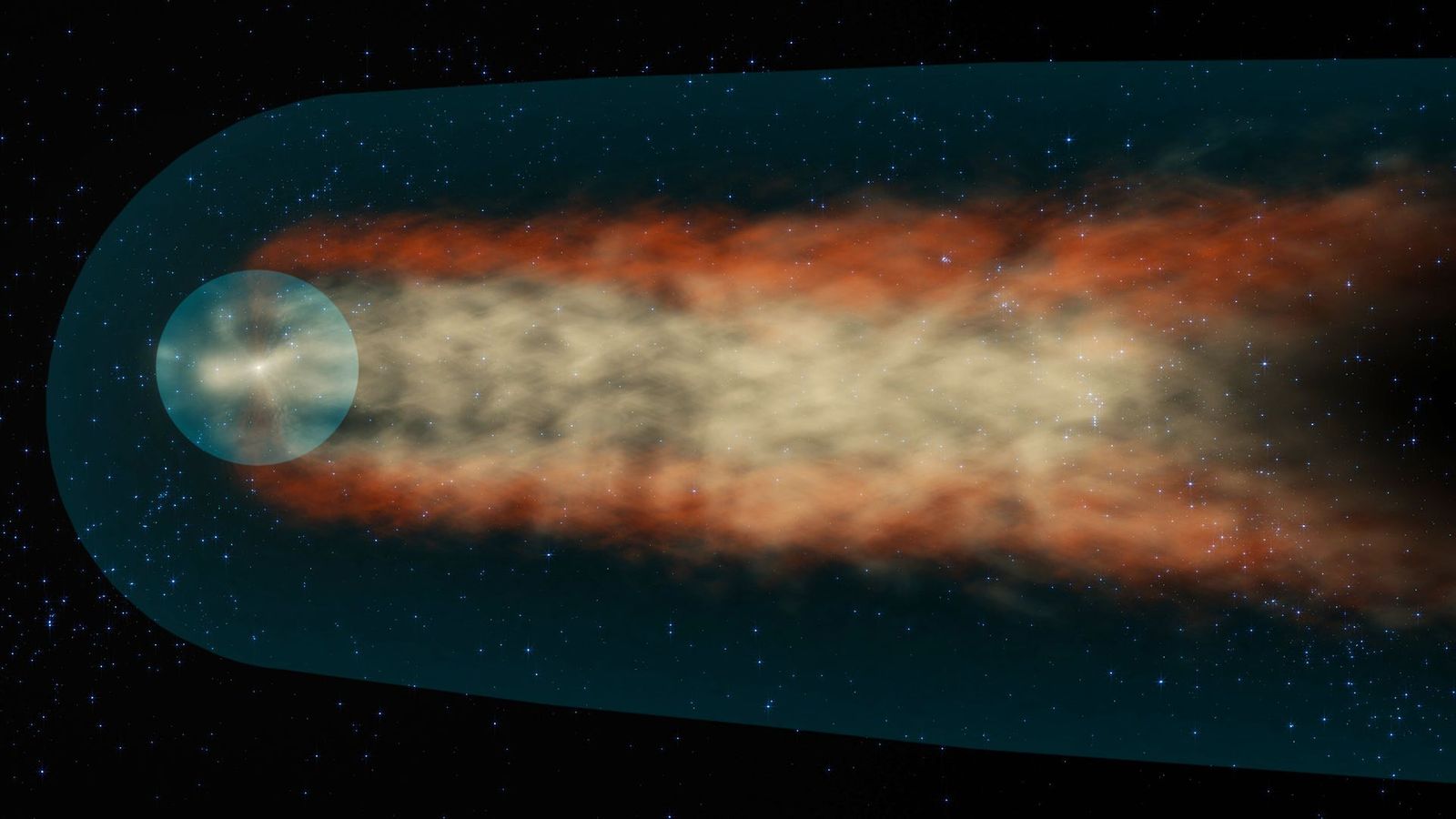|
|
Post by parfive on Sept 13, 2020 13:51:18 GMT -5
|
|
|
|
Post by mohs on Sept 13, 2020 15:00:25 GMT -5
 We're gonna take a little ride on the Solar Boat Bring your scepter, bring your thunderbolt We'll see the eye in the canopy, the morning star The edge of the void, it's not too far We'll see the source of the Nile which is in Tibet And maybe we'll see the Shanghai Express c'mon let ride ~manZman |
|
|
|
Post by knave on Sept 13, 2020 19:15:52 GMT -5
Really liked reading that.
|
|
|
|
Post by parfive on Nov 9, 2020 12:42:16 GMT -5
Can you hear me now?
On Oct. 29, mission operators sent a series of commands to NASA's Voyager 2 spacecraft for the first time since mid-March. The spacecraft has been flying solo while the 70-meter-wide (230-foot-wide) radio antenna used to talk to it has been offline for repairs and upgrades. Voyager 2 returned a signal confirming it had received the "call" and executed the commands without issue.
The call to Voyager 2 was a test of new hardware recently installed on Deep Space Station 43, the only dish in the world that can send commands to Voyager 2. Located in Canberra, Australia, it is part of NASA's Deep Space Network (DSN), a collection of radio antennas around the world used primarily to communicate with spacecraft operating beyond the Moon. Since the dish went offline, mission operators have been able to receive health updates and science data from Voyager 2, but they haven't been able to send commands to the far-flung probe, which has traveled billions of miles from Earth since its 1977 launch.
Among the upgrades to DSS43, as the dish is known, are two new radio transmitters. One of them, which is used to talk with Voyager 2, hasn't been replaced in over 47 years.
www.nasa.gov/feature/jpl/nasa-contacts-voyager-2-using-upgraded-deep-space-network-dish
|
|
|
|
Post by parfive on Feb 15, 2021 16:00:42 GMT -5
|
|
|
|
Post by parfive on Jun 19, 2024 21:55:20 GMT -5
|
|










 ... to the New Guys from The ChatBox V.2 Crew
... to the New Guys from The ChatBox V.2 Crew